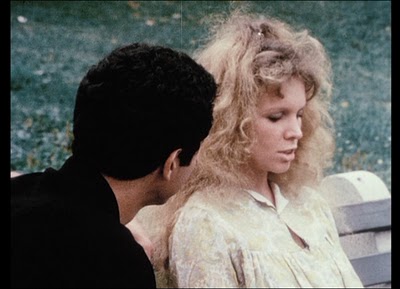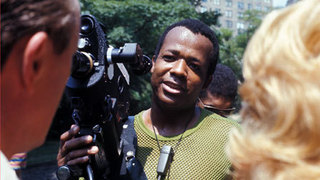From the Chicago Reader (September 1, 1998). — J.R.
Seeing this singular 1968 American experimental feature by William Greaves a second time (on video; the first time was in 1981, in its original 35-millimeter format) has led me to value it more, though arguably the fact that it loses relatively little impact on video constitutes one of its limitations. Greaves, a pioneering black actor whose career stretches back to postwar films made for black audiences as well as the underrated Hollywood feature Lost Boundaries, went on to direct over 200 documentaries, host and executive produce NET’s Black Journal, and teach acting at the Lee Strasberg Theatre Institute. For this eccentric venture, he got two white actors to play a quarreling couple in Central Park and proceeded to film not only them (in both rehearsal and performance) but also himself and his camera crew and various other people in the vicinity, often juxtaposing two or three camera angles simultaneously in split screen in the final edit. The crew’s own doubts and speculations about the film being made were also recorded later and edited into the mix. The couple’s quarrel is vitriolic and singularly unpleasant, the acting variable, the collective insight into what Greaves is up to mainly uncertain. The title modifies a term coined by political scientist and philosopher Arthur Bentley that refers to the interactions between people and their environment, and the notion of a shifting center is what gives this experiment much of its interest and also limits it from going very far in any single direction. (JR)


